The Coen Brothers have made it their cinematic trademark to re-appropriate unorthodox references and weave them into contemporary narratives. At this, they succeed marvelously with zany and hilarious leads. But if you’ve seen any Coen Brothers’ film, you’ll probably know that their characters are often the opposite of admirable or remarkable. While the directors operate in an enigmatically noir realm of avant-garde fatalism and moral ambiguity, their characters remain of the kitsch variety. Depth? Development? An arch? “Never heard of her,” they seem to say. But all jokes aside, it is in his utter flatness that the Coen protagonist demonstrates a certain manner of self-transcendence that gives these films their biting presence in the genre of comedy. They walk a deconstructed line between taste and class, realism and fantasy, solemnity and a complete joke.
Throughout their prolific careers, the Coen Brothers have worked closely and loyally with the same costume designers. Most notably, award-winning stylist Mary Zophres who has tramped hand-in-hand with the legendary directing duo in outfitting some of the coolest and most distinctive characters to hit the big screen. From The Big Lebowski’s The Dude to Raising Arizona’s McDunnough, style gives these personas an edge and depth where there doesn’t seem to be any at all. Lowlife criminals and couch potatoes are reinvented as America’s most iconic (and ironic) heroes.
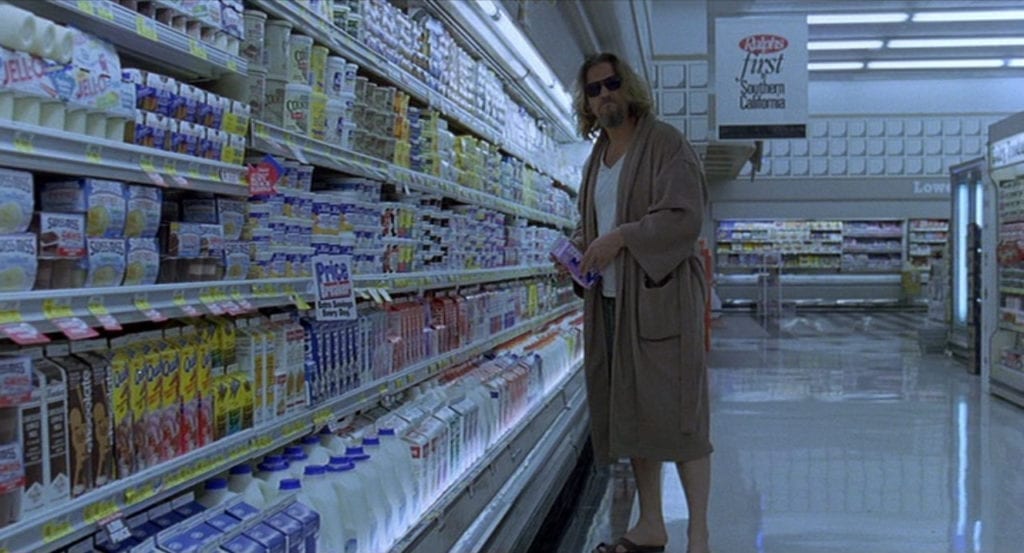
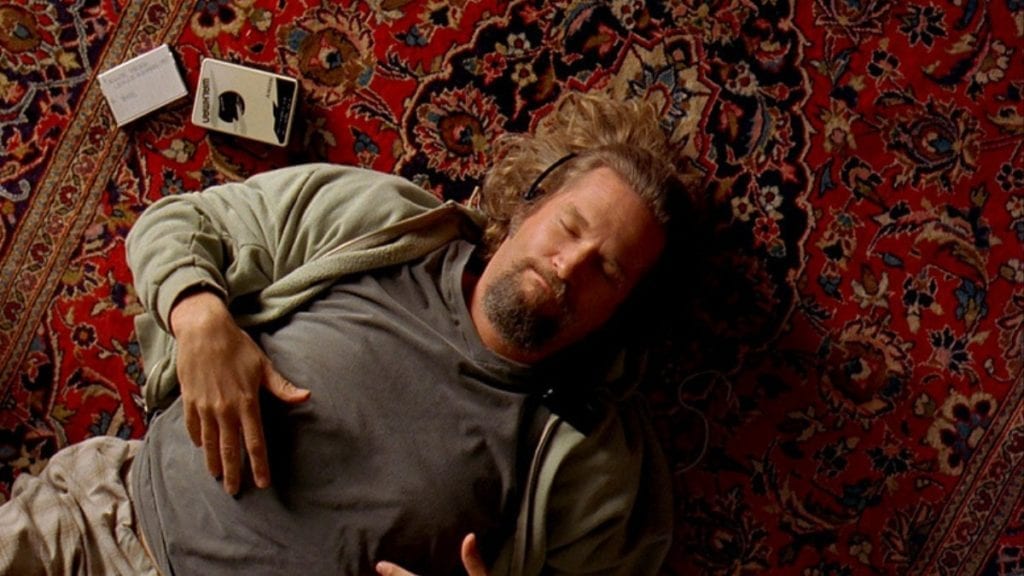
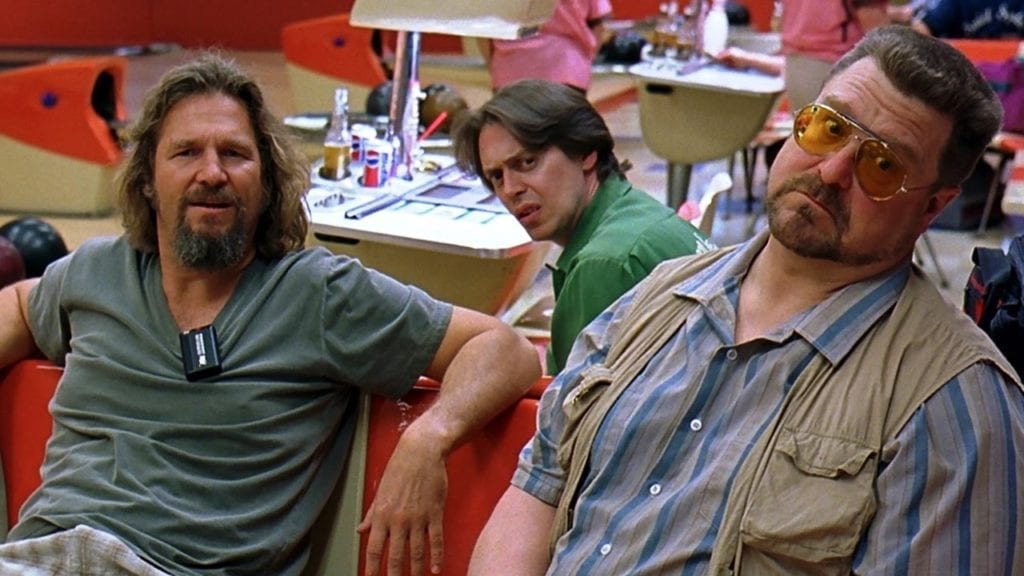
Not giving a shit is the new black
Coen Brothers movies are easily detectable even if you’re a causal cinephile. Cinematically speaking you’ve got the middle-American setting, third-person narration, and, of course, the long corridor shots. The characters are equally familiar, and The Big Lebowski’s Dude (El Dudino if we’re being specific) is undoubtedly the auteurs’ most recognizable oddball. While The Dude’s liquor-soaked and pot-scented lifestyle is managed by a dependency on white Russians, it seems more difficult than one would think to write him off as a total loser. There’s actually something quite impressive about The Dude’s louche aesthetic. The iconic Cowichan-style knits that he dons are so classic that Pendleton has just brought them back 20 years after the film’s production in tribute to The Dude’s timelessness. Also memorable are the pristine white T-shirts, floaty plaid trousers, and sunglasses thrown on at the most untimely of moments; head to toe in American emblems. Lazy? Sure. But vocationally so.
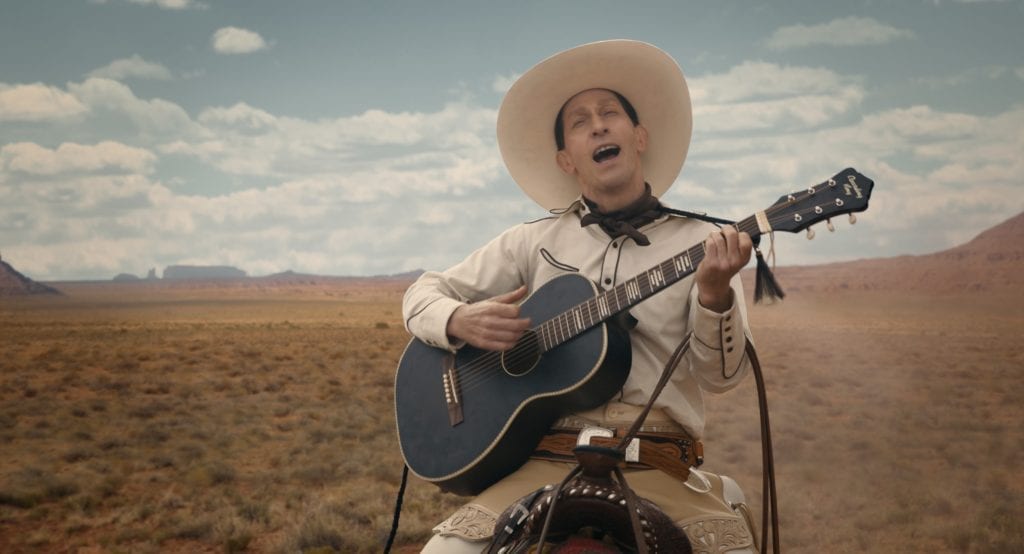
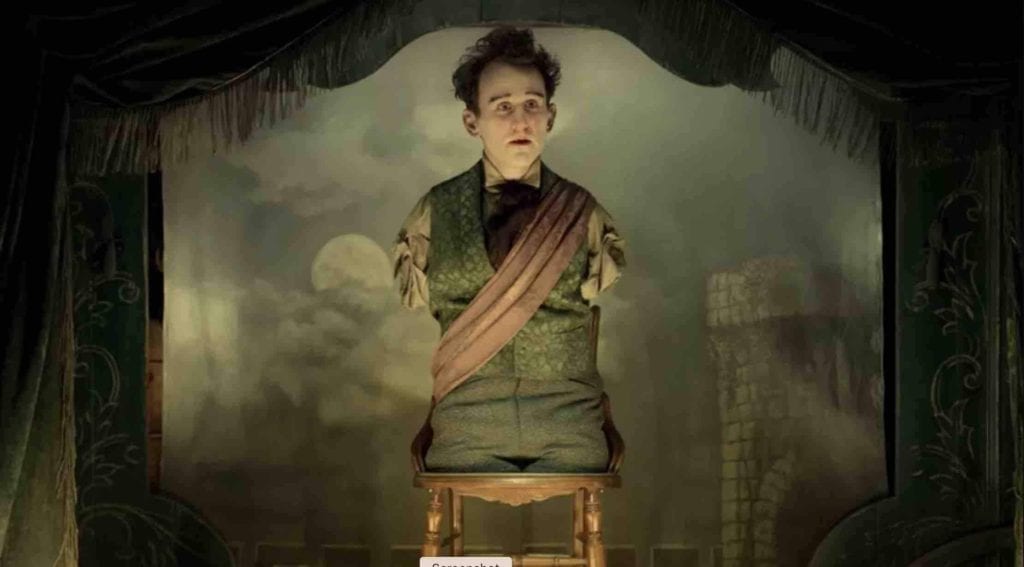
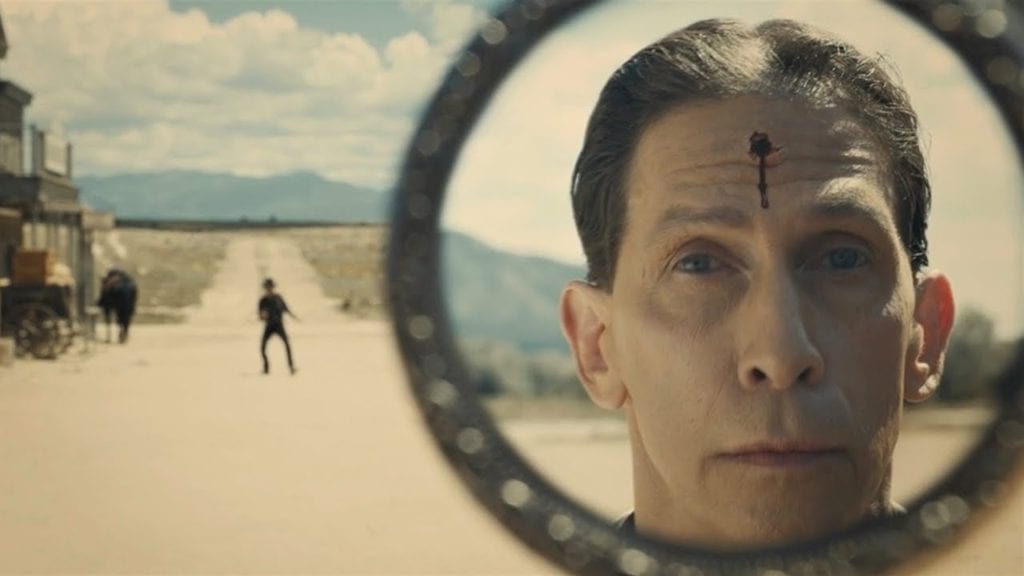
The period piece
One of the most impressive aspects of the Coen Brothers is their fluency in the language of metanarrative. They acknowledge both the significance and artificiality of their trade––storytelling––by tipping their hats to historical, literary, theatrical inspirations. Film directors frequently attempt to transcend their own medium and dismantle the barrier between the audience and the screen, but the Coen Brothers embrace the divide. They recognize the dissonance between artistic reproductions and reality, and they incorporate this faculty into many of their films in the form of period pieces.
Mary Zophres was nominated for her third academy award for best costume designer this year for her pivotal role in the Coen Brothers’ recent The Ballad of Buster Scruggs. An addition to their repertoire of old westerns, Buster Scruggs features six isolated stories about a singing cowboy, an outlaw, a limbless theatre performer, and a couple of bounty-hunting grim reapers. Buster himself, adorned in a realistic but eccentric all-white cowboy ensemble incorporates elements from the swinging western genre of the 40s and 50s. The characters in Buster Scruggs definitely look 1870, but their demeanors and thematic musings place them within the last fifty years. “So, here we are entrenched in a sort of heightened Hollywood version of the Old West,” Zophres says. In Hail Caesar!, the Coen Brothers look back at Hollywood in the 1950s to enthuse their cinematic origins. In a film about film-making, they superimpose McCarthy politics and religious hypocrisy onto the historical backdrop of Caesar’s ancient Rome. The directors of Hail Caesar! expose a certain fallacy of contradiction: the wondrous effects of cinema are no more absurd or surreal than the times in which they are produced. This is the essence of metanarrative, and the Coen Brothers use their humorously scripted and bizarrely dressed characters to communicate the peculiarities of the world they see.
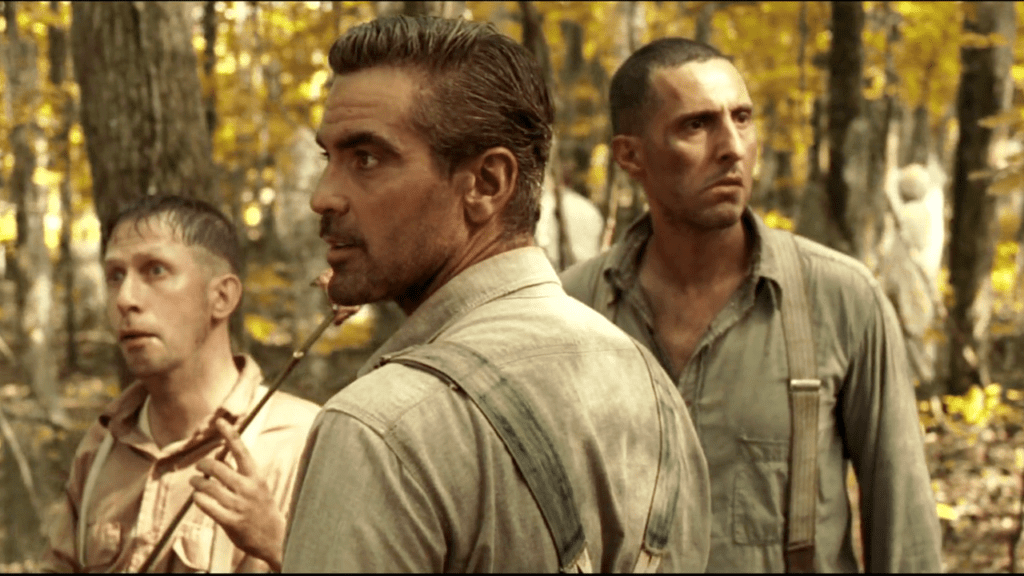
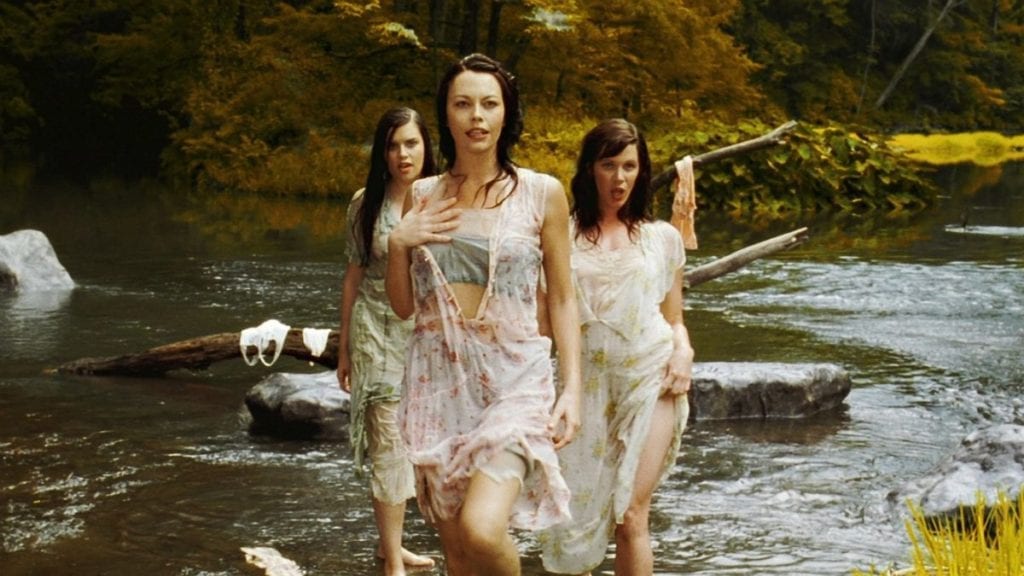
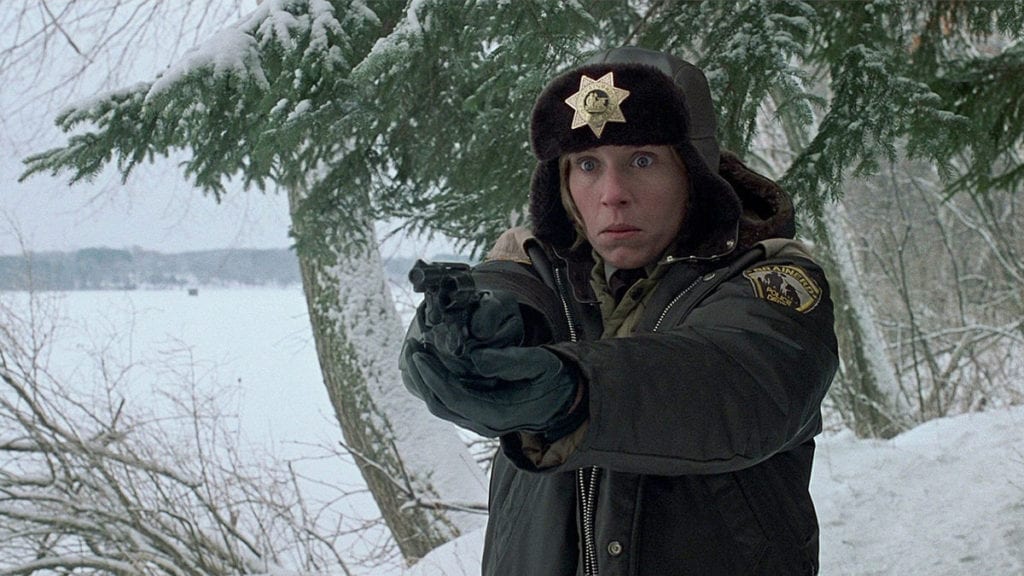
An American hero, but make him Camp
Susan Sontag comes to an interesting conclusion in her discourse on sexual consumption, landing on a profound human frustration with seriousness and passion. In any artistic mimesis comes the issue of pathos, and Sontag notes that existing within modernity means inhabiting a set of demonic (not to mention capitalist) vocabularies that fail largely to “satisfy the appetite” for perennial flair and vision. The Coen Brothers manage to espouse these dialogues. They adapt their accents to deconstruct the narrative, to penetrate that middle ground between solemnity and humor in a way so cynical, frank, and sarcastically accurate as to celebrate the breakage.
With “Camp fashion” fresh in the collective consciousness after this year’s Met Gala, the Coen Brothers offer an interesting perceptivity to the often-misunderstood Camp philosophy. As Sontag notes, Camp is “the sensibility of failed seriousness, the theatricalization of experience.” What are Coen films if not that? They take from tragedy, from culture, and from high art and produce its antithesis. Take O Brother Where, Art Thou?, for example. In a filmic analog to Homer’s The Odyssey, George Clooney plays prisoner-on-the-lam, Ulysses Everett McGill. Ulysses’ wardrobe is a southern utility dream from penitential stripes to wool trousers, soft flannel, and cotton dungarees. Suddenly the Odysseus of ancient Greece is a dirty, humorous, and singing outlaw who will go further to save his Dapper Dan hair gel than get his wife back. And then, of course, there is Fargo. Based on a “true story,” Fargo traces the events of a triple homicide case in rural Minnesota and its tragically ironic origins. American dreamer Jerry Lundegaard is the epitome of 80’s middle class from his ill-fitting tan suits to his matching Cutlass Ciera. He hires two criminals to kidnap his wife in hopes that her ransom will pay for his plans, but one look at their cheap fur coats, roll-necks, and aviators tells us they’re far from professionals. Winter in Minnesota is to thank for the cast’s memorable style, and these humorous characters make Fargo a timeless comedy.
In dealing with historic narratives or acclaimed works of cultural significance, the Coen Brothers toss morality and seriousness to the wayside. They demonstrate an appreciation for the past, but not a solemn one. With incandescence, extravagance, and theatrics the Coen Brothers characterize a genre of sardonic comedy by dismantling the sentimental and the meaningful in the places it should be. The result? A crass and mordantly precise representation of American values.
 " alt="">
" alt="">